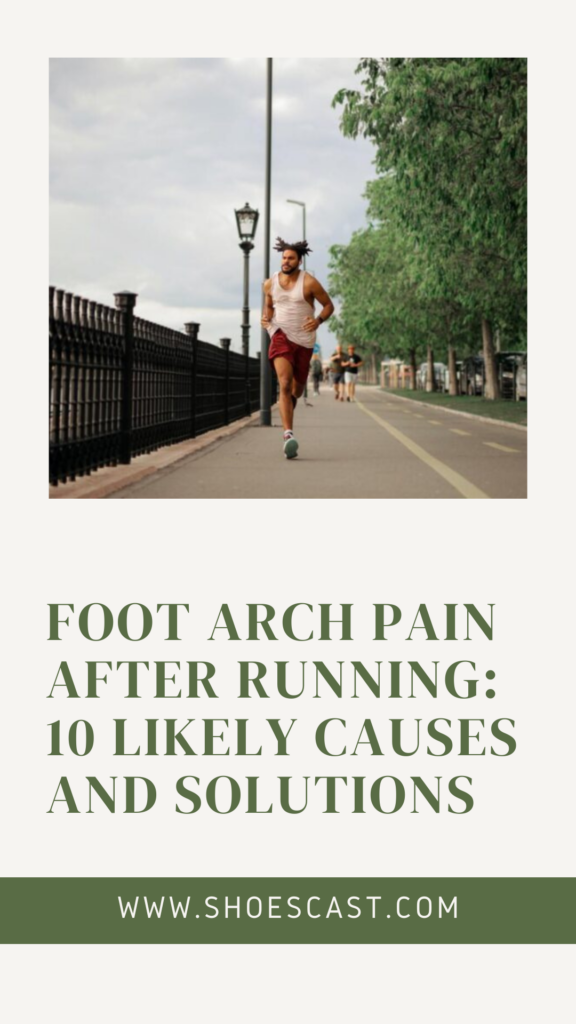Running comes with a ton of health benefits, but like all the best things in life, running also leads to stress – on your feet, of course. When you feel a nagging ache around the arch of your foot after a running session, you might be confused. What causes foot arch pain after running?
There are countless causes of foot arch pain, depending on your age, physical activity levels, and health. We urge you to pay attention because some of these medical conditions you definitely don’t want to continue running with.
Now, the arch of your foot stretches from the base of your toes to your heels. When you experience a stabbing sensation, you might think you’re suffering from sesamoiditis or plantar fasciitis – but arch pain can be felt in the ball and heel of the foot, too. What do you need to know about foot arch pain?
Is foot arch pain after running a cause for concern?
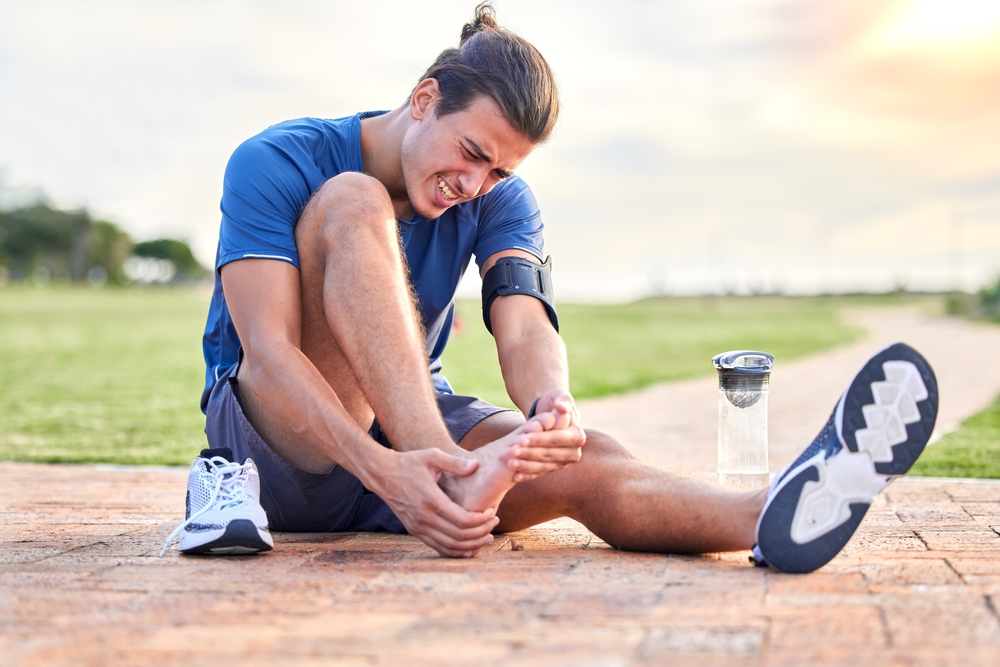
Foot pain is never a good thing – certainly not pain in the arch of the foot after running. For whatever reason, most runners turn a blind eye when they’re met with a throbbing or sharp pain in the arch of the foot.
Foot pain can occur due to a myriad of reasons, from the runner’s form and technique to foot problems and serious conditions. When you notice any amount of pain around the arches of your feet, contact your doctor right away, take sufficient time to determine the cause, and address it promptly.
Common causes of foot arch pain after running
1. Plantar fasciitis
Seems like every runner ever is suffering from plantar fasciitis, but that’s the reality of putting pressure on your feet over a period of time.
Plantar fasciitis refers to inflammation, overuse, or injury to the plantar fascia. Your plantar fascia extends from the front of your foot to your heels and helps maintain arch height when you place weight on your foot.
With time, your plantar fascia can get inflamed and irritated due to overuse. When that happens, you’re likely to experience a myriad of symptoms, one of which is arch pain.
2. Stress fracture
When you put too much pressure on your feet by, say, increasing your mileage too soon, you can cause a tiny break in the bone, also known as a stress fracture. A stress fracture sucks because you can go for days, weeks, and even months before figuring out what’s wrong with your foot.
And, a stress fracture affects the bones located at the front area of the arch which makes it even less obvious. Worry not, though, because a stress fracture can get better with rest, ice, compression, and elevation (RICE) within the first few weeks.
3. Arch irregularities
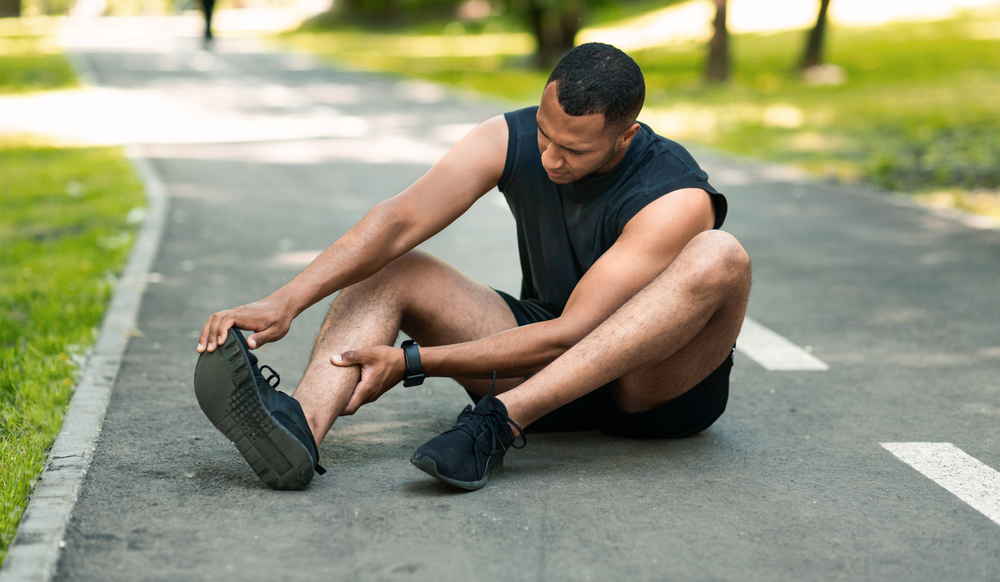
We can’t forget about arch irregularities, right? When you regularly experience foot arch pain after running, there’s a chance you might be suffering from flat feet or high arches. Arch irregularities like these put pressure on your arches when you’re walking, running, or working out.
When you continue doing that over and over, you might notice your feet getting sore and your arches strained. We recommend contacting your doctor and checking out some of the solutions we mention down below. Whether you’re a seasoned runner or a beginner, you need to take care of your arches.
4. Posterior tibial tendon dysfunction
Posterior tibial tendon dysfunction (PTTD) typically affects middle-aged runners, but that doesn’t mean you shouldn’t check whether you’re a contender.
Whether you’re someone who runs for fun or you’re trying for a marathon, there’s a chance you might have been putting too much pressure on your tibialis posterior tendon.
Posterior tibial tendon dysfunction refers to an acquired, progressive disease of the foot that often causes acquired flatfoot deformity. If you notice swelling along the ankle, ankles rolling inwards, difficulty walking, and throbbing or burning pain along your arch, you might want to contact your doctor.
5. Overpronation
People who pronate tend to have flat feet without defined arches. Pronation refers to the way your foot moves when you walk. When you overpronate, for example, your heel hits the ground first and your foot rolls inward for impact distribution upon landing.
Overpronation flattens your foot over time and causes you to experience an array of problems.
Damaged muscles, tendons, or ligaments; knee, hip, or back pain; corns or calluses; and hammer toe are some of the problems you may experience due to overpronation. Depending on the severity of the condition, you might experience foot arch pain, too.
6. Supination
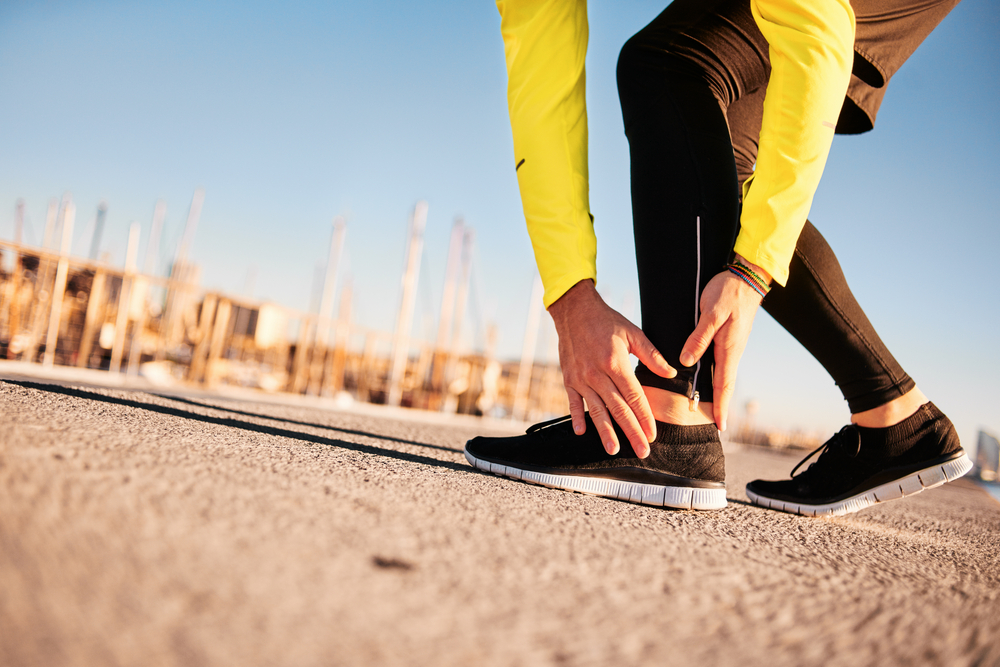
Supination is the opposite of overpronation, but we’d argue that it’s equally bad for your feet. When you supinate, your feet and ankles roll outward when you’re getting ready to push off.
Supinators experience an array of problems because most of their weight falls on the outside of their feet and they push off from their outer toes. Because of that, the entire alignment of their body gets thrown off. Not to mention that supinators sprain their ankles all the time.
When you supinate, you can experience different symptoms, of which foot arch pain is one. We, of course, suggest contacting your doctor and getting your hands on supportive, stable footwear right away.
7. Cavus foot
We’ve got more foot problems in store for you! When you experience constant foot arch pain after running, you may just be suffering from cavus foot.
Cavus foot refers to a condition where the foot naturally possesses a high arch. High arches are a nightmare because they’re a surefire recipe for ankle sprains and ankle problems.
Cavus foot occurs due to inherited structural abnormalities or neurological conditions, like cerebral palsy, stroke, or CMT disease. Cavus foot can cause hammer toe, claw toe, and calluses, too, so watch out for these.
8. Weight gain
Weight-related stress on your feet can cause foot arch pain after running, there’s no question about that. When you start gaining weight, you flatten your feet by putting pressure on your arches when you’re walking, running, or working out.
When you flatten your feet, you’ll experience a ton of foot problems. Getting rid of excess weight might help you with overpronation and arch form. With that out of the way, overweight runners might benefit from proper footwear, too.
Whatever you decide to do, make sure to keep your health and the health of your feet a priority.
9. Old age
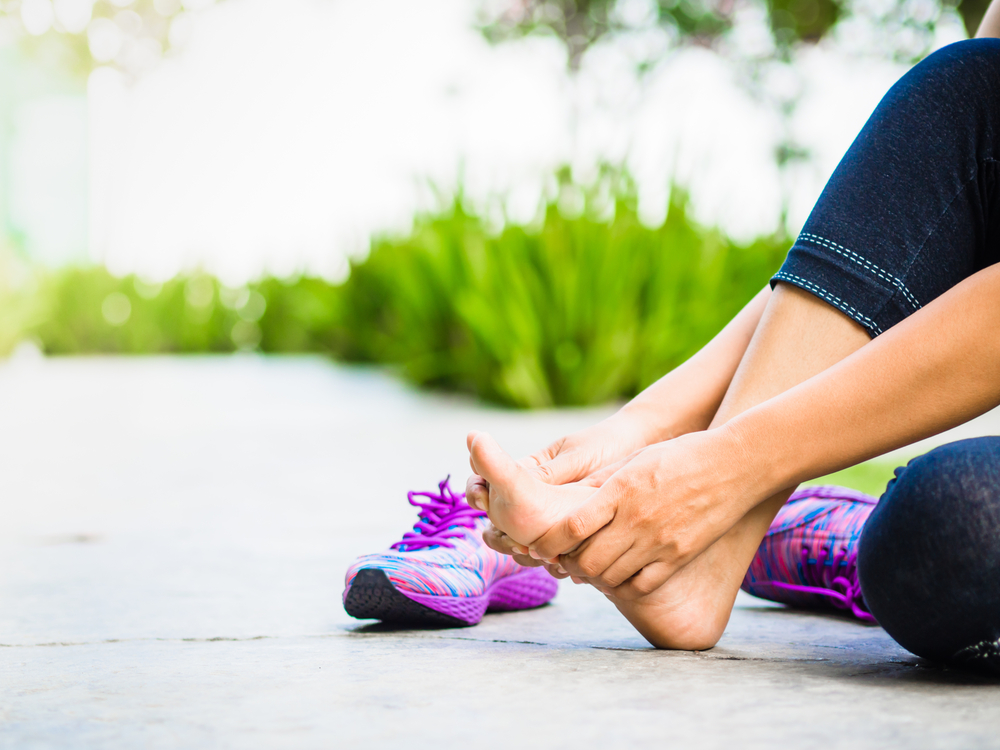
If you’re a senior runner, you’re familiar with foot problems because you experience them on the regular. With plantar fasciitis, fallen arches, heel pad syndrome, osteoarthritis, and numerous sprains and strains, you don’t even have the time to address foot arch pain after running.
We do need to mention that fallen arches are the most common reason for arch pain in senior runners. Over time, the body’s ligaments and tendons lose their strength and ability to spring back which causes them to – well, fall. Whatever you do, don’t forget to schedule regular checkups with your doctor.
10. Overuse
Although it might not be something you want to hear, overuse can be the reason your arches ache every time you come back from a run.
At the end of the day, putting pressure and stress on your feet without making sure your feet are healthy enough to spring back can cause worse conditions than arch problems. And, overuse can cause muscle and tendon fatigue, which in turn can make you feel like your arches are falling.
What’s the best way to treat foot arch pain on your own?
Where do we start? If you start to notice your feet getting sore and your arches strained, you might want to rest – for a change. Whether you’re an experienced runner or someone who runs to the nearest Target and back, you need to rest your feet to allow them to bounce back.
When you’re done with that, you can stretch your feet, massage your arches, and do everything you can to alleviate some of that pressure.
With arch-strengthening exercises, you can ensure you don’t get foot arch pain after each and every running session. Over-the-counter arch support and supportive footwear can make a world of difference, too.
When you do these things, your arches should be as good as new. What if they’re not, though?
When should you see a doctor?

If you experience arch pain sporadically, there’s probably nothing to worry about. With rest, stretching, and over-the-counter arch support, there’s no reason your arches won’t go back to “normal” after a few days.
When the pain persists, though, it’s best to schedule an appointment with your doctor. He or she might recommend various treatments depending on your diagnosis. Orthotics, night splints, and physical therapy are the most common treatment options, but that’s for your doctor to decide.
Cheer up – we’re positive you and your arches are going to be okay!
